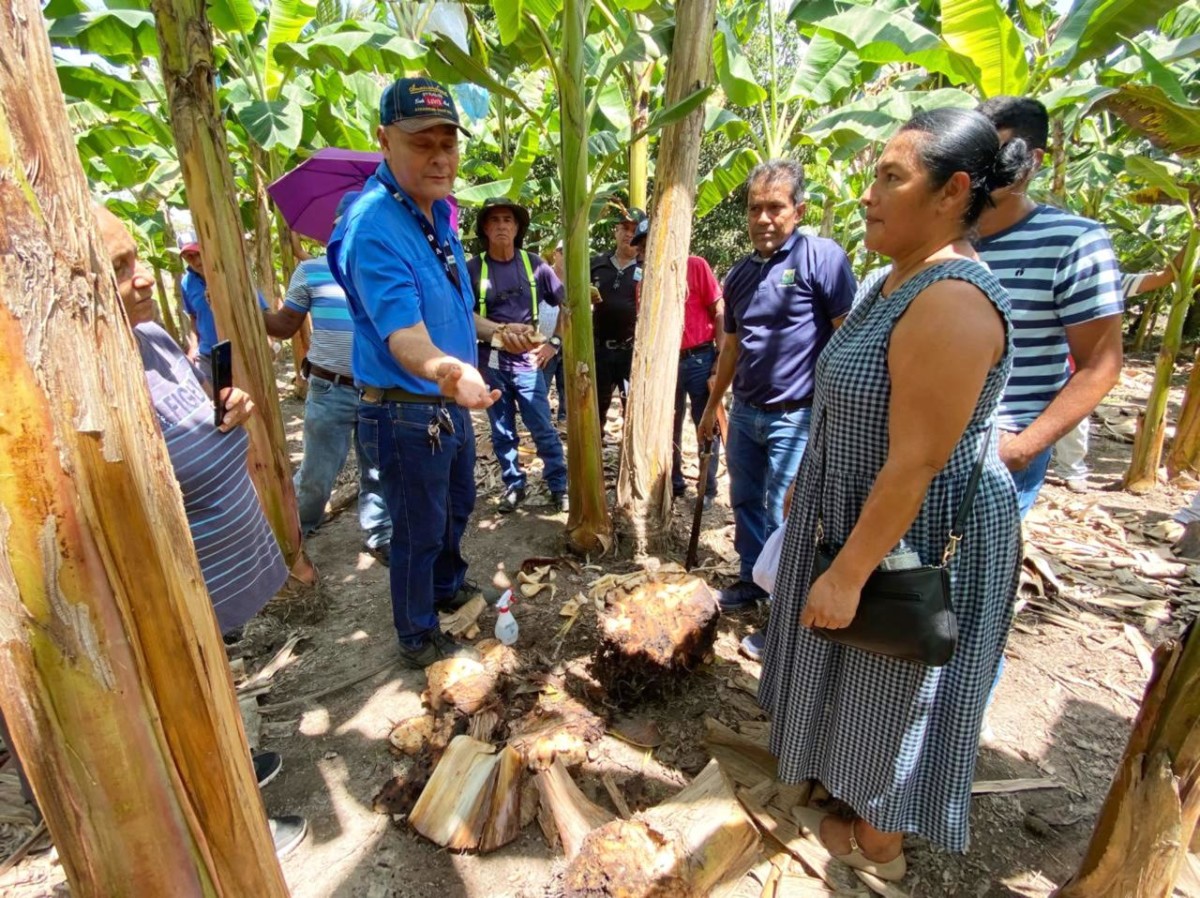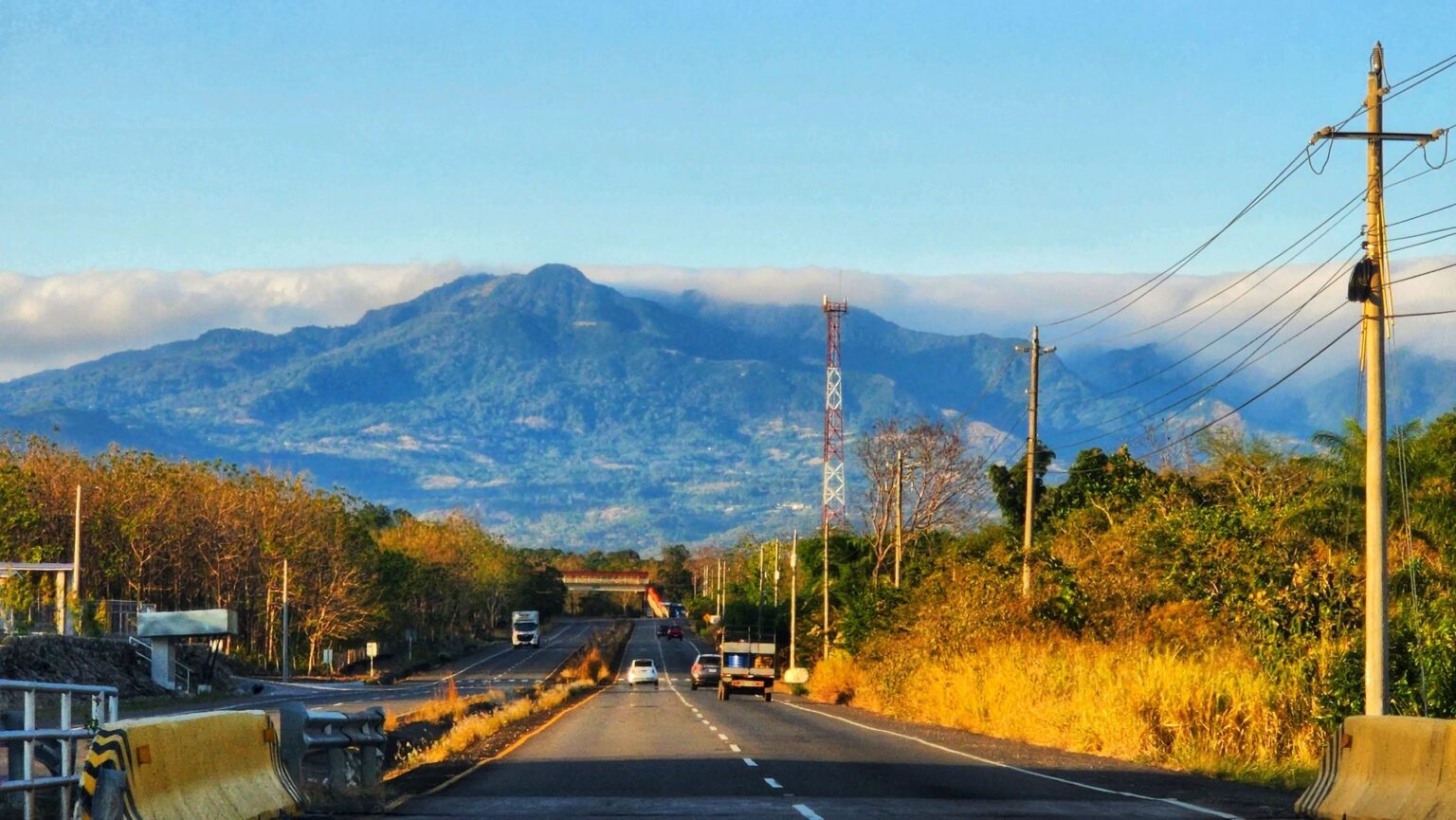Awesome canal engineer carries torch for young women

By Dafydd Young
On Wednesday, May 9, Panamanian engineer Ilya Espino de Marotta will be recognized at an Awesome Leaders Symposium in Orlando Florida for her extraordinary achievements in not only breaking through glass ceilings but lighting the way for young women in a field once dominated by men.
The “Awesome Leaders” recognition of the engineering dynamo, comes on the heels of being named a judge for 2019 Queen Elizabeth Prize for Engineering, a £1 million award for ground-breaking innovation in engineering which has been of global benefit to humanity.

When the Panama Canal was being built, over 100 years ago, the nearest any woman got to the site was likely an escorted visit to the world’s greatest construction project.
Far below, thousands of migrant workers struggled with what we would now call primitive tools and machinery to fulfill the Teddy Roosevelt and De Lesseps dream of a waterway joining two oceans. The laborers were supervised by scores of engineers, mostly American, and all men. A few women worked as secretaries in the project’s offices, and hundreds served as nurses to combat yellow fever malaria and a daily toll of accident victims.
Fast forward to the 20th century with the canal flourishing under the control of Panamanian authorities, and the decision, endorsed in a national referendum, to create new locks to accommodate the world’s expanding fleet of giant neopanamax container vessels
Ilya the first woman Executive Vice President for Engineering in the Panama Canal Authority (ACP) was chosen to head the $5-6 billion undertaking and marked her new role by donning a pink hard hat which like Dickens’ Scarlet Pimpernel was soon to be seen, “here, there and everywhere” on the giant construction project
 When some male colleagues questioned her appointment she responded: “I wear the pink hard-hat to make a statement that a woman can do this job.”
When some male colleagues questioned her appointment she responded: “I wear the pink hard-hat to make a statement that a woman can do this job.”
She had been making that statement for 27 years since joining the Authority in the Canal repair workshop in Colon, where she was the only woman, but was quickly accepted as one of the team, pulling her weight on equal terms.
Although as a teen she was fascinated by scuba diving and the activities of French underwater explorer Jacques Cousteau, her path via marine engineering to the canal was through uncharted waters. The daughter of a doctor, the family had hoped she might follow suit and a Fulbright scholarship to study biology seemed a stepping stone. But once in the US she began to explore other options and earned a degree in Marine Engineering from Texas A&M in 1985, and returned to Panama and the ACP.
Her studies continued in lockstep with work and she got her Masters degree in Economic Engineering from the Universidad Santa María La Antigua in 1996 and studied management at the Instituto Centroamericano de Administración de Empresas (INCAE).
Alongside the accumulation of credentials, she was broadening her practical experience and management skills, first as a valuation engineer for the Accounting Division (1994) and in 1998, as coordinator of the Maritime Operations Department. capital investment program.
She became involved in the expansion project in 2002 and in 2007 became executive manager of resources and project control.
The final step to what she calls “the dream project for any engineer” came in 2012 when she became executive vice president of the Panama Canal Expansion Project.
 It was a challenge calling into play all her accumulated knowledge and people skills as she brought together “brilliant engineers” of eight nationalities. attached to the multinational construction consortium all with their own ways of achieving results, plus subcontractors from around the world speaking languages from Korean to Flemish.
It was a challenge calling into play all her accumulated knowledge and people skills as she brought together “brilliant engineers” of eight nationalities. attached to the multinational construction consortium all with their own ways of achieving results, plus subcontractors from around the world speaking languages from Korean to Flemish.
Alongside responsibility for the physical expansion of the canal, she oversaw all the construction contracts, new bridges, and purchasing.
Every month during the expansion phase she directed a helicopter videography to monitor progress.
Safety and security was a prime concern with 41,000 jobs generated, but only eight lives were lost during the nine-year project.

A late leakage problem in one of the new locks in the closing months was discovered during testing became a nightmare challenge at a time when politicians were calling for a grand opening date while what was needed was a cool head, team management skills and a solution…But that’s what world class engineers are for.
 The problem was solved and on June 26, 2016, the first vessel passed through the expanded waterway, watched by heads of state and delegations from 70 country’s and a Panamanian woman engineer who once planned to study biology
The problem was solved and on June 26, 2016, the first vessel passed through the expanded waterway, watched by heads of state and delegations from 70 country’s and a Panamanian woman engineer who once planned to study biology
Ilya’s enthusiasm for her work continues and she plays a key role in feasibility studies of another set of locks to handle even greater ships, with water availability a major challenge.
She says that the Canal is constantly facing competition including the price of fuel. When oil prices fall, shippers can consider alternate routes and while the proposed Nicaraguan canal has disappeared from the radar, global warming has given the NorthWest passage through Canada the possibility of a longer season.
She is also involved in studying tourism-related projects, linked to the canal and its environs, port expansion, reservoirs, and water conservation
Meanwhile, with Ilya in the vanguard, the ACP’s lone female engineer of 1985 is now one of over 60.
Recognition has spread around the world with the pinnacle being a judge in the awarding of the QEPrize, and a role model inspiring others to follow their engineering dreams, in a world where AI and Robots will throw out new challenges which she wants young women engineers to be ready for,





